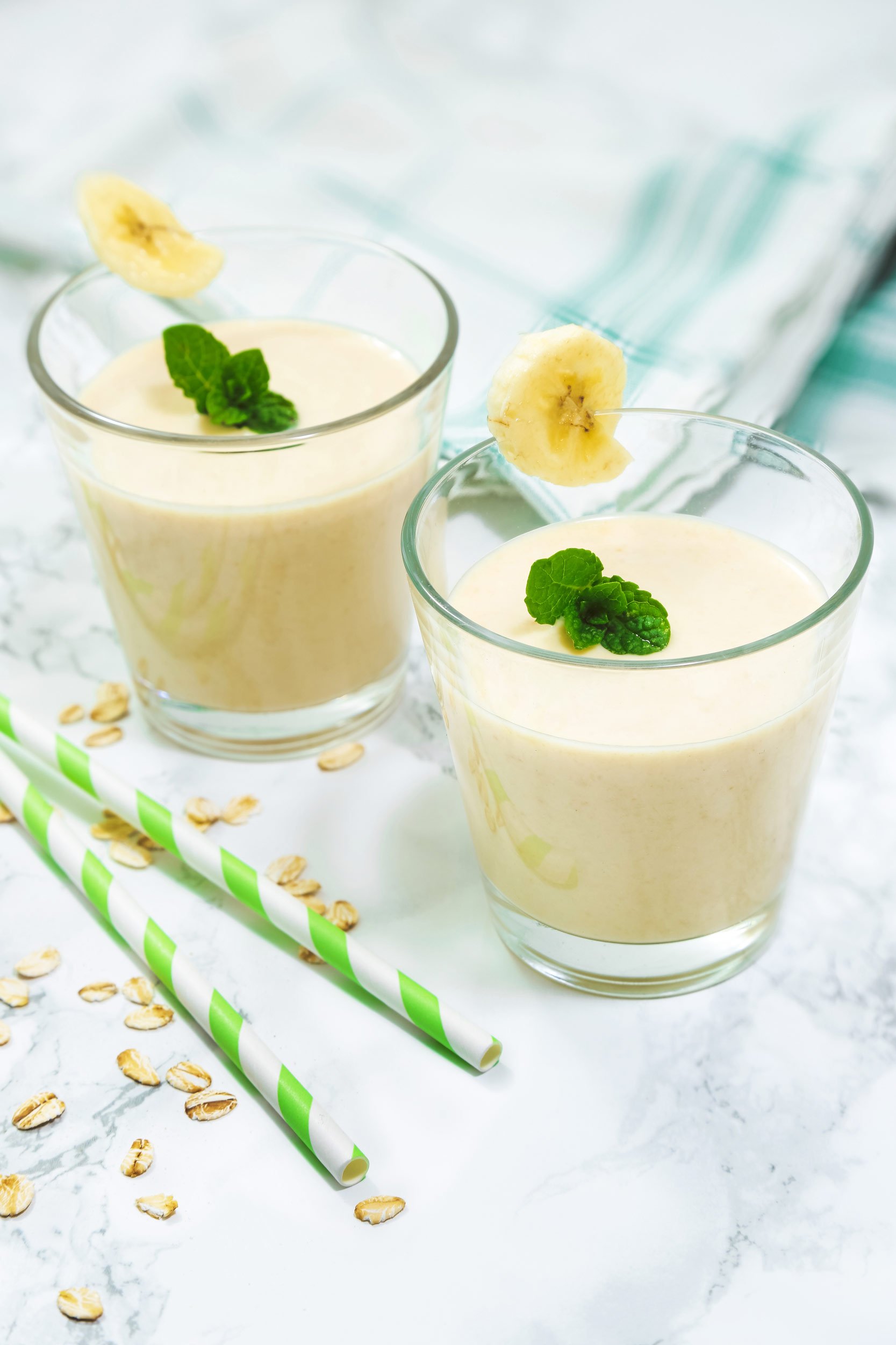How a Bruised Banana Can Save the World
The Mujeres Emprendedoras Delicias Tengueleñas share recipes created from bananas at different stages of ripeness.
Over the past year, we have had to adjust our lives to unexpected changes, and adapt to new ways of socializing, shopping, and eating. In the early days of the COVID-19 pandemic, many of us may have experienced shortages at local grocery stores, while others may have embraced meal kits and delivery services. We saw bulk products fade away as stores shifted to having nuts, grains, and even produce in individual boxes and bags. Shoppers wanted to feel protected, and single-use plastics were there to help them to do so. These changes to the way we shop had a major impact on what items stores carried – and on how those items looked.
Amidst the myriad changes to our lives during the pandemic, you may have noticed more bruised bananas. You may have seen these bruises in a grocery delivery bag in the early days of the pandemic. You may have visited a grocery store and steered away from bananas that looked grey, or examined a bunch of bananas with darkening tips and, careful not to be seen, snuck them back onto the shelf. You may even have stocked up on greener bananas and, after observing that they became a mottled mix of colors in your fruit bowl, attempted to return them to the grocery store.
You are not alone. Shoppers gravitate toward perfect-looking produce, for various reasons. Humans often seek out the best-looking foods instinctively: avoiding moldy produce has helped humans throughout their evolution. However, this sensitivity can also lead shoppers to avoid bruised, scratched, or misshapen produce, due to a perception that skin-level imperfections may compromise the quality of the fruit. A recent behavioral study found that “merely imagining the consumption of unattractive produce…negatively affects how consumers view themselves” and causes them to avoid cosmetically imperfect food. Some researchers point to marketing campaigns of fruit companies, such as Chiquita in the 1950s, which discouraged consumers from freezing bananas in an effort to sell more fruit as shoppers inevitably wasted fruit that they did not know how to preserve. Another consumer research study suggests that this aversion to uglier produce may be a result of cultural stigmas around aging. But beyond these analyses lies another factor: that we as shoppers have limited budgets, and are trying to make the best choices we can with the money we have.
One of the easiest ways to reduce our food waste, save money and cut carbon emissions is to choose older, less-perfect produce when we shop, and to find ways to save and eat foods in our homes that we might be tempted to throw away. Doing so has the potential to cut up to 250 lbs of food waste per person annually, or up to 83 billion lbs annually in the US alone! And how much money might we save if we embraced imperfections in our fruits?
One way to reduce food waste is to try to use bananas at every stage of ripeness. Bananas that are getting brown and spotted can be used for a range of recipes! The Green Festival recipe below was created by the Mujeres Emprendedoras Delicias Tengueleñas (Women Entrepreneurs of Delights from Tenguel), an organization supported in part by AsoGuabo co-op farmers in Ecuador.
Green Festival Smoothie
The perfect recipe for your overripe bananas!
Recipe adapted from the Mujeres Emprendedoras Delicias Tengueleñas (Women Entrepreneurs of Delights from Tenguel), an organization supported in part by AsoGuabo farmers in Ecuador.
Ingredients
200g of pineapple (1 slice)
2 bananas
4 mint leaves
juice of half a lemon
1 cup of oatmeal drink if available, or oatmilk if not
Preparation
Freeze the bananas, then blend all ingredients until you have a delicious smoothie
References
FAO (Food and Agriculture Organization of the United Nations) 2011. Global Food Losses and Food Waste: Extent, Causes, and Prevention, Rome: FAO.
Grewel, L., J. Hmurovic, C. Lamberton, and R. W. Reczek. The Self-Perception Connection: Why Consumers Devalue Unattractive Produce. Journal of Marketing Vol 83(1)
Koeppel, D., 2008. Banana: The Fate of the Fruit that Changed the World. New York: Hudson St Press. Print.
Koo, M., H. Oh, V. M. Patrick. 2019. From Oldie to Goldie: Humanizing Old Produce Enhances Its Appeal. Journal of the Association for Consumer Research Vol 4(4). https://doi.org/10.1086/705032



